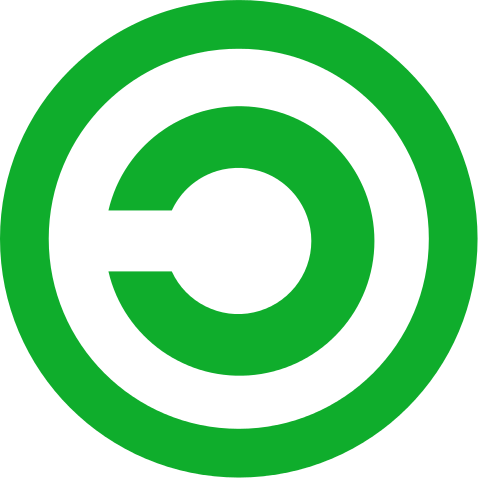“Most proprietary relicensing businesses work as follows: a single codebase is produced by a for-profit company, which retains 100% control over all copyright in the software (either via an ©AA or a CLA). That codebase is offered as a gratis product to the marketplace, and the company invests substantial resources in marketing the software to users looking for FOSS solutions. The marketing department then engages in captious and unprincipled copyleft enforcement actions in an effort to “convert” those FOSS users into paying customers for proprietary licensing for the same codebase. (Occasionally, the company also offers additional proprietary add-ons, improvements, or security updates that are not available under the FOSS license — when used this way, the model is often specifically called “Open Core”.)”


I’m not sure this applies to QT though. It used to apply to some libraries like
PyQtwhich had dual lincese: it’s floss for floss projects but for paid ones you need to pay but there were completely free alternatives likePyside.The whole KDE project is based on QT so I’d argue it’s pretty safe, right?
Honestly, it probably is safe, but I’d rather personally not take the risk. I know QT does do multi licensing like this. I like what this article says. Copyleft licenses should apply to everyone equally, no exceptions. Especially now that free software is desirable to developers more often than not.